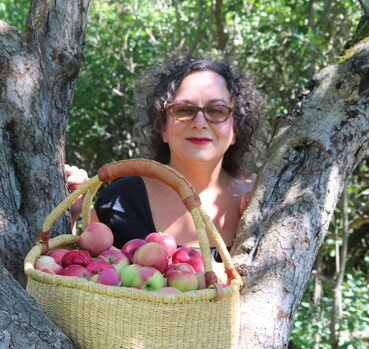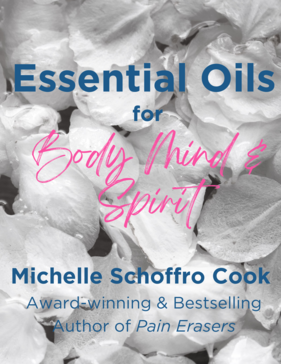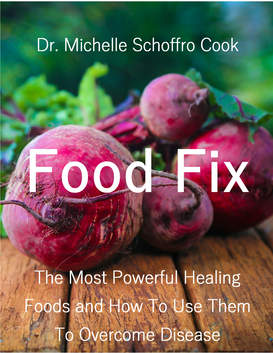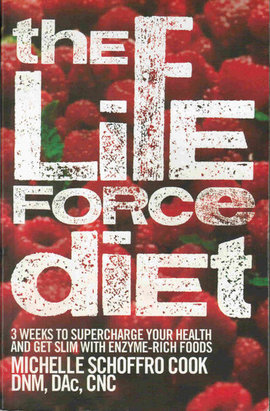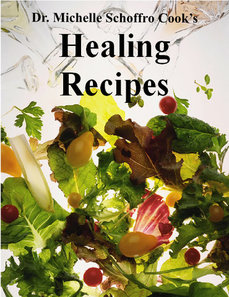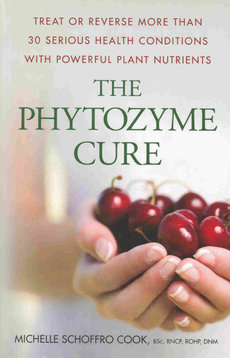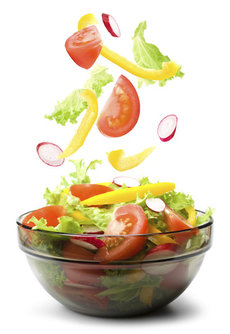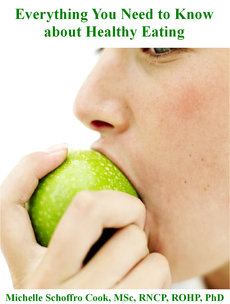If candy manufacturers were required to declare the exact ingredients found in candy, the label would read like something out of a witch’s brew: dried beaver’s sac, sheepskin excretions, or insect excretions. This may sound more like “trick” than “treat” but it’s true. When it comes to the ingredient “natural flavors,” it is considered a trade secret and, as a result, does not require disclosure from manufacturers. So, what exactly are “natural flavors” and just how natural are they?
According to the Food and Drug Administration (FDA) here’s the official definition of natural flavors:
“(3) The term natural flavor or natural flavoring means the essential oil, oleoresin, essence or extractive, protein hydrolysate, distillate, or any product of roasting, heating or enzymolysis, which contains the flavoring constituents derived from a spice, fruit or fruit juice, vegetable or vegetable juice, edible yeast, herb, bark, bud, root, leaf or similar plant material, meat, seafood, poultry, eggs, dairy products, or fermentation products thereof, whose significant function in food is flavoring rather than nutritional. Natural flavors include the natural essence or extractives obtained from plants (identified in other sections of the document).”
While it’s a bit intense, on the surface it seems fairly harmless too. But, there are a few issues:
Odd and unwanted ingredients: Because the single ingredient of natural flavors can contain 100 other ingredients, there is room for a lot of potentially unwanted substances in foods containing this enigmatic ingredient. Some candy manufacturers exploit the definition to include ingredients like castoreum—found in the dried castor sacs (near the anus) of beavers—while this ingredient is technically “natural” in that it is derived from meat, it’s not something most people would knowingly choose to eat; or confectioner’s glaze or shellac, which gives many candies their shiny coating, but it is actually extracted from the excretions of certain insects found in India and South Asia.
Potential for allergens: If you have a severe food allergy, such as to seafood, you’re better off staying clear of any candy (or any other food for that matter) that contains natural flavors. As you may have noticed from the FDA description, natural flavors can be derived from seafood, among other potential allergens. The same is true if you have an egg or dairy allergy, or another known food allergen. You may be at risk of an allergic reaction when consuming candies that contain natural flavors.
Potential for GMOs: Because genetically-modified organisms currently have GRAS status “generally-recognized as safe” genetically-modified dairy products, corn, soy, or other GMO food can be used in the process of obtaining natural flavors. GMO foods have been linked in studies to reproductive disorders, cancer, and other serious health concerns so candy containing natural flavors may not be suitable for you or the children who are consuming it in droves this Halloween.
Solvents and pesticides: There are frequently residues of solvents (usually petroleum-based) used in the extraction of certain flavors from plant or animal sources. Additionally, because the foods used to manufacture natural flavors is probably not organic, the ingredient “natural flavors” tends to have pesticide residues as well.
Sometimes natural flavors are listed as “natural flavor (organic vanilla)” or “natural flavor (organic peppermint),” or something similar on labels. In these cases, the candy is probably devoid of the unwanted ingredients sometimes found in natural flavors and is likely safe to eat. But, considering that “natural flavors” is the fourth most used ingredient in processed foods, after salt, water, and sugar, unwanted or questionable ingredients are found in a lot of our foods, and certainly a lot of the Halloween candy being distributed to children.
For more information about hidden chemicals in your food, check out my book Weekend Wonder Detox: Quick Cleanses to Strengthen Your Body and Enhance Your Beauty.
Dr. Michelle Schoffro Cook, PhD, DNM is the international best-selling author of the books The Probiotic Promise, 60 Seconds to Slim, and Weekend Wonder Detox, a registered nutritionist, and a board-certified doctor of natural medicine. Subscribe to my free e-magazine World’s Healthiest News to receive monthly health news, tips, recipes and more. Follow my blog on DrMichelleCook.com, and follow me on Twitter @mschoffrocook and Facebook. Copyright Michelle Schoffro Cook, PhD, DNM.
